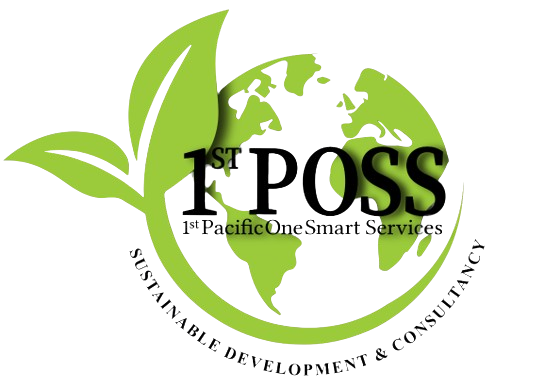
PROJECT DETAILS
What are Buildings? The encyclopedia defines a building or edifice, as an enclosed structure with a roof and walls standing more or less permanently in one place, such as a house. Building come in variety of sizes, shapes and functions, and have been adapted throughout history for a wide range number of factors, from building materials available, to weather conditions, land prices, ground conditions, specific uses, prestige and aesthetic reasons. Building serves several societal needs – primarily as shelter from weather, security, living space, privacy, to store belongings, and to comfortably live and work.
A building as a shelter represents a physical division of the human habitat. Since the first cave painting, building have also become objects or canvasses of much artistic expression. Today, with a warming climate, interest in sustainable planning and building practices has also become an intentional part of the design process of many new buildings and the ‘Green Habbing” or Green retro-fitting’ of existing buildings. So, an ‘existing building’ would already be in existence or constructed and officially authorized. There is clear, evidence of homebuilding from around 18,000 B.C.
New technologies and state-of-the-art green buildings materials are repeatedly being introduced into the strategies for both existing buildings and new construction. More sustainable projects are being planned and built. However, the most promising trend in the sustainable development community of designers and architects, today, is with ‘existing building’! Existing building have most of their ‘embodied energy’ baked in, so to speak, in that they ‘exist’ and the energy that is ‘impounded’ in the building and materials, during all process of production, on-site construction, use for the most part and maintenance has taken place already, meaning less ‘carbon emissions’ during any construction.
Solutions We Provide
So, any rehab or “green-habbing’ that is done at this point simply extends the ’life cycle’ of the structure. When buildings are designed new and sustainable the focus is how to reduce consumption of both energy and materials, which are included in the ‘life cycle’ of a building, as well as its economic impacts. With an existing building, you have entered another ‘phase’ of the life of the building. Utilizing an existing building allows you to reduce the negative impacts on the environment associated with sources limited resources, and energy consumption associated with construction, thereby helping you achieve your sustainable goals with less stress on the environment. Our integrated, holistic approach encourages the positive impacts on all phases of a building’s lifecycle, including design, construction, operations and maintenance. Overall, our basic sustainable objectives are to reduce consumption of non-renewable resources, minimize waste and create healthy, and productive environments, by using your ‘existing building.
